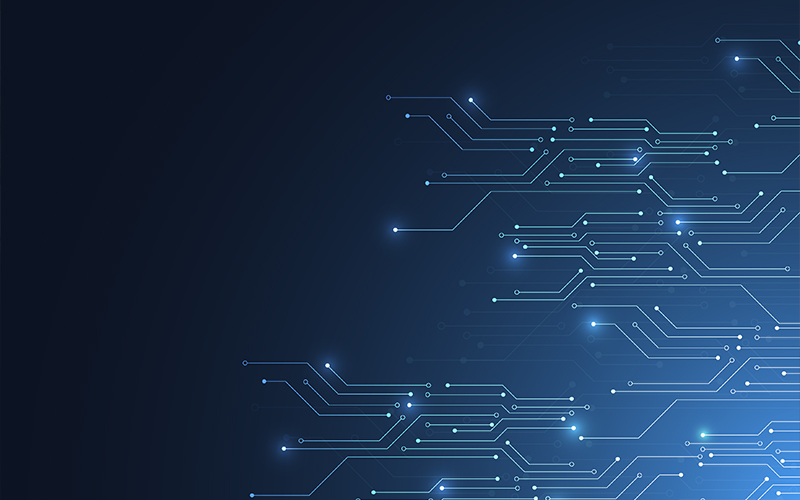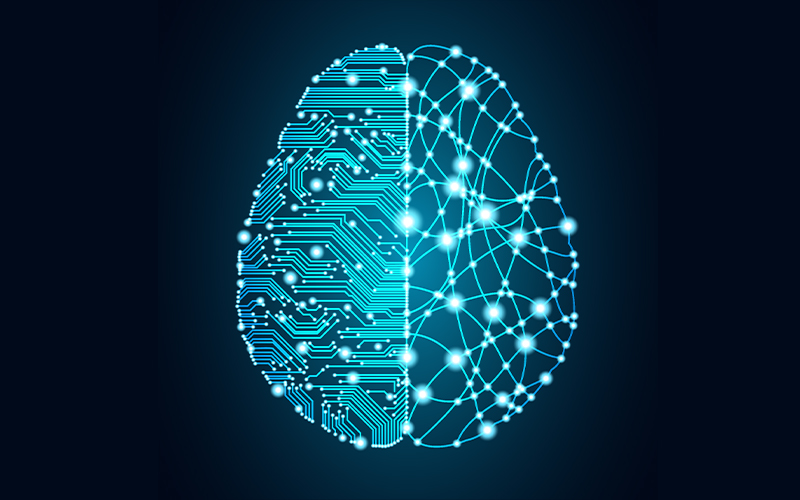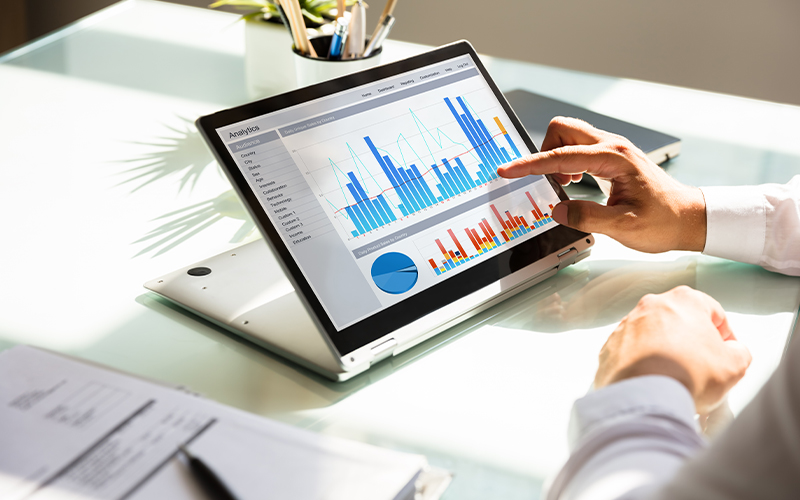BUSINESS TRANSFORMATION
Advantages of using artificial intelligence in video surveillance
Surveillance cameras are everywhere but monitoring them continuously is a mammoth task requiring huge manpower resources. This is where artificial intelligence (AI) fits in perfectly. AI video analytics uses complex and comprehensive algorithms to process every frame in a video and present real-time insights whenever required. There is almost no data loss. Although the technology is relatively new, it is being implemented widely for various purposes. As per recent projections, the AI video analytics market is expected to grow to a massive USD 22 billion by 2027.
Video surveillance is largely used for security purposes. AI technologies such as intrusion and object detection, and face recognition are the primary strengths of AI video analytics.
Advantages of AI video analytics in surveillance
Threat detection in real-time:
Long labelled as a reactive technology, video surveillance is now making its mark as a proactive technology with the coming of age of AI video analytics. Video surveillance was considered to be useful only for forensic review after an untoward incident and not considered suitable for real-time threat detection. To do that, teams have to monitor cameras manually and study any telling cues before they can take any action. With the implementation of AI video analytics, anomalies can be detected and reported within seconds. Even for forensic analysis after an incident, using AI models helps in reducing time needed to extract useful data.
Busy public places such as airports, academic campuses, shopping zones, sports centres and tourist hotspots are usually monitored by hundreds of cameras, and without AI video analytics surveillance of this kind would be impractical. Fatigue can affect the observation and response time of humans and that could cause costly errors.
Quick detection of intrusion:
An efficient intrusion detection system is usually the first line of defence for an organisation or individuals using a security setup. A quick detection and response time and almost-zero false positives are the criteria of an effective system. However, motion detection cameras without AI video analytics are not very useful in such scenarios since the cameras set off an alert at the slightest movement. Pan-tilt-zoom (PTZ) cameras integrated with the right AI solutions that are backed by comprehensive datasets can analyse and identify intruders at exceptionally high speeds. False positives are reduced and follow up actions can be quickly initiated either by security teams or the automated systems already in place. For example, when intrusion is detected, certain areas such as bank vaults, classrooms and other sensitive zones can be quickly sealed and protected from further intrusion once a bad situation is detected and identified. Identifying visible or concealed objects such as weapons requires further specialisation of AI models in addition to more sophisticated infrastructure. This helps in significantly reducing false alarms.
Today, there are AI-enabled video solutions to even prevent shoplifting in busy retail outlets. Large retail conglomerates have invested in independent research to develop AI in behavioural analytics so that any suspicious behaviour can be quickly detected. This technology can be utilised in many public spaces. For example, a possible shooter and a possible shoplifter can both be identified and the threat can be mitigated on time.
AI-powered video analytic systems can be used for many other non-security reasons too. For example, in a retail outlet, certain kinds of agitated behaviour could also mean that the customer is unable to find an item. An employee could quickly walk over to help the customer and display efficient customer service.
Other proven uses
Pandemic needs:
During the pandemic, video surveillance cameras driven by AI analytics helped in ensuring that social distance was maintained, and people followed mask guidelines. This was especially crucial in busy spaces such as airports, shopping areas and medical facilities.
Healthcare:
Using AI-powered video analytics, medical facilities can ensure that patients are treated as per specifications. This technique observes both the patients and the healthcare providers. Keeping track of patient and guest flow into hospital emergency areas can help minimise waiting times and bring hyper-productivity*.
Parking:
Automated parking lots use AI-powered video surveillance to check whether the parking fee has been paid or not. Entry is decided based on proof of payment procured from surveillance data. Statistical data about the number of cars that used the parking lot and for how long are other useful information gathered.
Road condition:
Camera-mounted vehicles collect video feeds of roads they are being driven on and AI-enabled software then analyses the video feed and sends out information about the condition of the road and the degree, and even cause, of damage if any. Concerned teams can then decide the urgency of the repairs required.
Ongoing developments
As per the AIGS (Artificial Intelligence Global Surveillance) index, around 75 countries out of 176 are using AI-based surveillance technologies quite actively. While countries such as China, Russia and Saudi Arabia use the technology for large-scale surveillance, liberal governments are staying away from doing that on grounds of privacy. It does make one wonder if advancements in these areas are counterintuitive for human society. Globally, many nations are working on outlining ethical guidelines about using AI for video surveillance. AI technology is getting more and more powerful each year and regulating the sector has become essential.
* For organizations on the digital transformation journey, agility is key in responding to a rapidly changing technology and business landscape. Now more than ever, it is crucial to deliver and exceed on organizational expectations with a robust digital mindset backed by innovation. Enabling businesses to sense, learn, respond, and evolve like a living organism, will be imperative for business excellence going forward. A comprehensive, yet modular suite of services is doing exactly that. Equipping organizations with intuitive decision-making automatically at scale, actionable insights based on real-time solutions, anytime/anywhere experience, and in-depth data visibility across functions leading to hyper-productivity, Live Enterprise is building connected organizations that are innovating collaboratively for the future.






